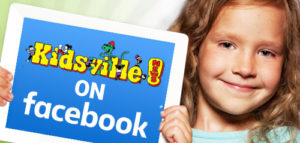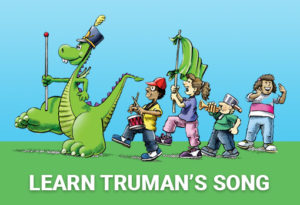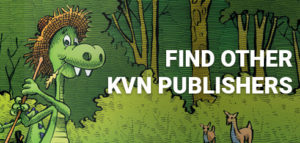Environment
en·vi·ron·ment in vīrənmənt/ noun 1.the surroundings or conditions in which a person, animal or plant lives or operates. Environment Whether you think about it or not, the environment affects the way you live on a daily basis. If it’s cold outside, what do you? You put on a jacket. Do you put on a jacket when you are going to the beach? No, because it is hot outside. The environment just affected the way you dress. If you live in a big city, you probably will not see a lot of farms. Instead, when your parents get ready for work, they are probably heading off to an office, a factory or some other job, not outside to plant the crops. The environment affected the way your family makes a living. If you live in Idaho, you probably do not worry too much about hurricanes. But if you live on the Texas coast, hurricanes are a major concern throughout the summer. The same can be said for snow. If you live in Pennsylvania, snow can be a major problem throughout the winter; that isn’t the case in most of California. The country of Sweden is divided into three regions: Norrland, Svealand and Gotaland. Norrland, the north of the country, is known for its vast mountains and forests. Norrland is the largest region — covering about 3/5 of the country, but has the smallest population because of its environment, most of which is in the Arctic. The Arctic Circle marks the latitude above which the sun does not set on the summer solstice and does not rise on the winter solstice. At the North Pole, the sun rises once each year and sets once each year; there are six months of continuous daylight and six months of continuous night. At lower latitudes, but north of the Arctic Circle, the duration of continuous day and night is shorter. This area is part of Norrland. The northern most part of Norrland is an area known as Lapland. Lapland is a mountainous region that is defined by coasts, river valleys and forests. Located in the Arctic Circle, it is also extremely cold. The harsh climate makes it difficult for people to live there on an ongoing basis. In Sweden, the average number of people per square mile is 188. In Lapland, it is two. Lapland is home to the Sami People, or Laplanders, who live in a protected area in the Arctic known as the Sampi. Because of the harsh environment where they live, the Sami people have pursued a variety of ways to make a living, including fishing, fur trapping and sheep herding. Traditionally, the biggest way they make their living is through reindeer herding. They are the only people in the Nordic countries that are allowed to raise and herd reindeer, which they use for meat, fur and transportation. Did You Know… • Lapland makes up about 25 percent of Sweden’s total area. • In Lapland, the sun is visible around the clock for 73 days in the summer. • There are no polar bears in Lapland. • Ninety percent of the Arctic has almost no snow and ice during the summer. Many kinds of shrubs and plants grow there. • Lands along the Arctic include Alaska, Canada, Greenland/Denmark, Iceland, Norway, Sweden, Finland and Russia.





